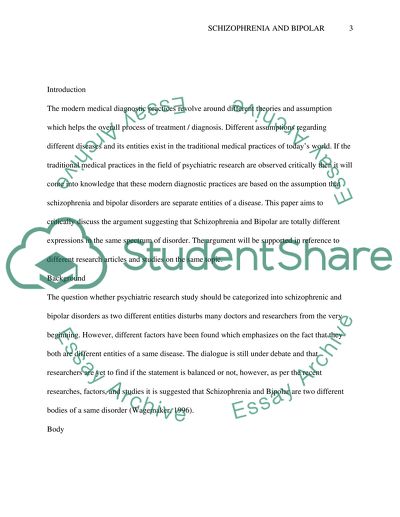Cite this document
(“Schizophrenia and Bipolar I Research Paper Example | Topics and Well Written Essays - 3000 words”, n.d.)
Schizophrenia and Bipolar I Research Paper Example | Topics and Well Written Essays - 3000 words. Retrieved from https://studentshare.org/psychology/1489974-schizophrenia-and-bipolar-i
Schizophrenia and Bipolar I Research Paper Example | Topics and Well Written Essays - 3000 words. Retrieved from https://studentshare.org/psychology/1489974-schizophrenia-and-bipolar-i
(Schizophrenia and Bipolar I Research Paper Example | Topics and Well Written Essays - 3000 Words)
Schizophrenia and Bipolar I Research Paper Example | Topics and Well Written Essays - 3000 Words. https://studentshare.org/psychology/1489974-schizophrenia-and-bipolar-i.
Schizophrenia and Bipolar I Research Paper Example | Topics and Well Written Essays - 3000 Words. https://studentshare.org/psychology/1489974-schizophrenia-and-bipolar-i.
“Schizophrenia and Bipolar I Research Paper Example | Topics and Well Written Essays - 3000 Words”, n.d. https://studentshare.org/psychology/1489974-schizophrenia-and-bipolar-i.


